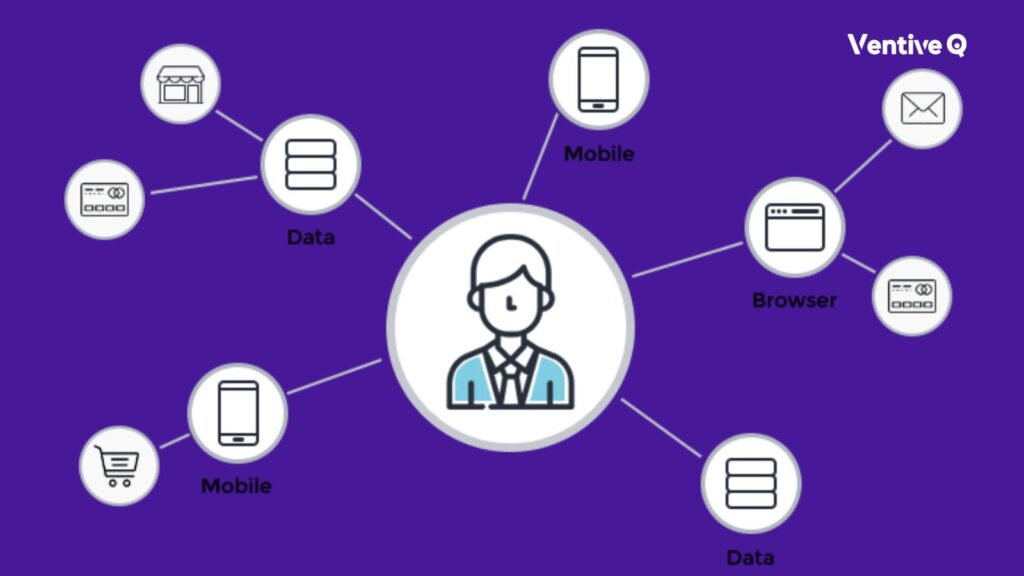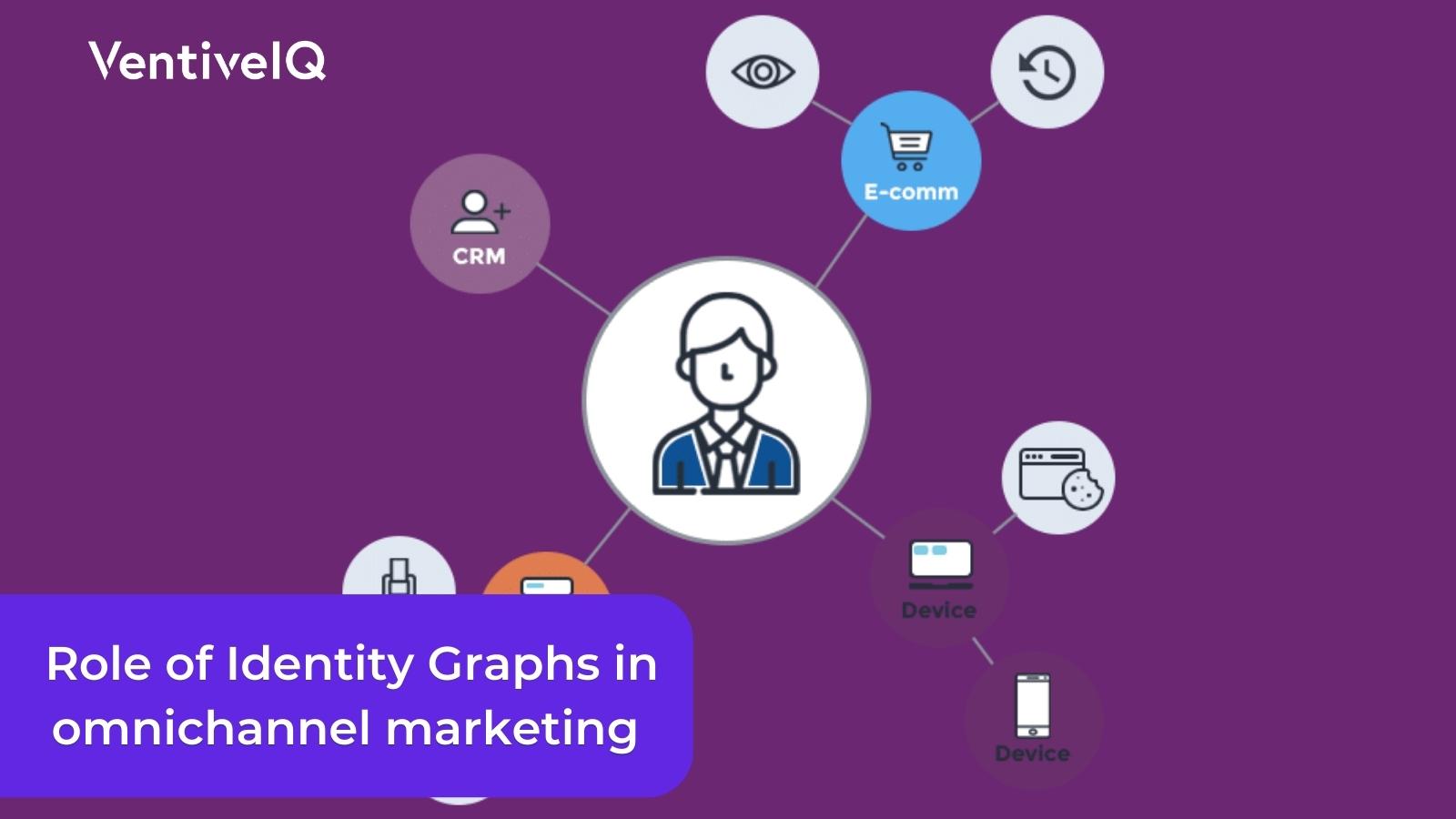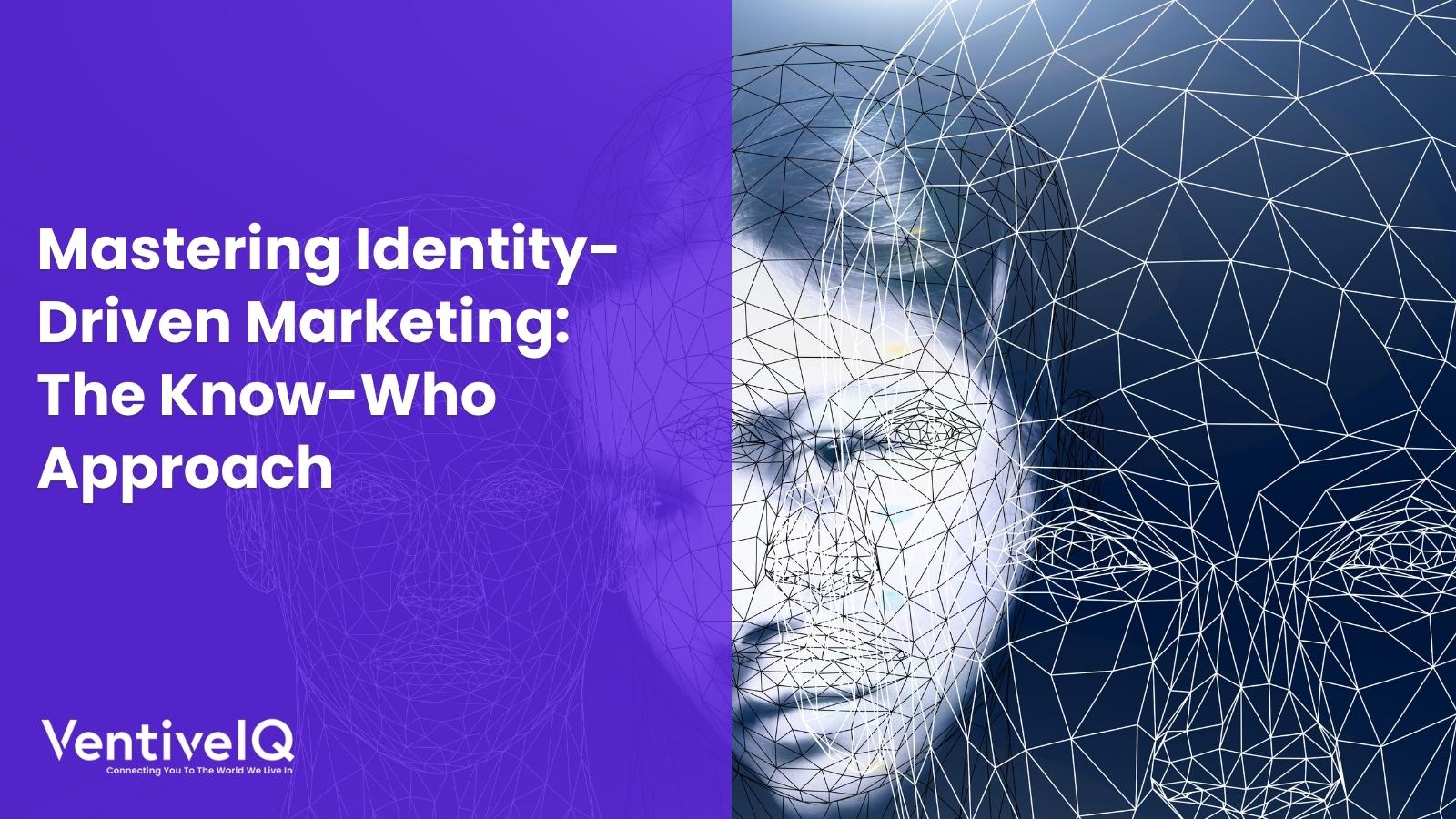Learn how this collection of customer data helps marketers deliver personalized experiences across multiple channels. Read now to unlock the key to a more engaging customer experience.

In the world of modern marketing, the challenge of reaching out to a target audience through multiple channels and devices has become increasingly complex. The advent of digital technology has resulted in consumers expecting personalized and relevant messaging that reflects their individual needs and preferences. To meet this challenge, marketers are turning to identity graphs to help them create effective omnichannel marketing campaigns.
Identity Graph Overview
An identity graph is a data structure that connects different data points, such as email addresses, phone numbers, and device IDs, to a single customer identity. By aggregating this data, marketers can create a comprehensive view of their customers’ behavior across different channels and devices. This data can then be used to inform targeted marketing campaigns that are relevant to each customer.
By using identity graphs, marketers can track and understand the behavior of individual customers across multiple channels, allowing them to create a more personalized and relevant marketing campaign. This can lead to a more engaging customer experience, which can increase customer loyalty and drive higher conversion rates.
To create an effective identity graph, marketers need to collect data from a variety of sources, such as customer databases, social media profiles, and website analytics. This data can then be analyzed and organized to create a comprehensive view of each customer’s behavior and preferences.
Once an identity graph is established, marketers can use this information to deliver personalized content and messaging to customers across multiple channels. For example, if a customer has shown a preference for a certain type of product on a retailer’s website, the retailer can use this information to send targeted emails or social media ads featuring that product.
Role of Identity Graphs
- One of the key benefits of identity graphs is that they enable marketers to create a unified view of their customers. This is particularly important in the context of omnichannel marketing, where consumers interact with brands across multiple touchpoints. By creating a single customer identity that is consistent across channels, marketers can ensure that their messaging is relevant and personalized, regardless of where the customer is interacting with the brand.
- The role of identity graphs in omnichannel marketing campaigns is essential. By providing a comprehensive view of a customer’s behavior across different channels and devices, marketers can ensure that their messaging is relevant and personalized, regardless of where the customer interacts with the brand. This unified view of customer data is essential in omnichannel marketing, where consumers interact with brands across multiple touchpoints.
- Identity graphs are also critical in tracking customer behavior across multiple channels and devices. For example, a customer may browse products on their phone, add items to their cart on their laptop, and then purchase in-store. By linking these different touchpoints to a single customer identity, marketers can gain insights into the customer’s path to purchase and use this information to inform future marketing efforts.
- In addition to providing a unified view of customer data, identity graphs enable marketers to create more effective targeting strategies. By combining data from different sources, marketers can create a more detailed picture of their customer’s needs and preferences. This data can then be used to inform targeted messaging and offers that are more likely to resonate with each individual customer.
- Another benefit of identity graphs is that they enable marketers to track customer behavior across multiple channels and devices. For example, a customer might browse products on their phone, add items to their cart on their laptop, and then purchase in-store. By linking these different touchpoints to a single customer identity, marketers can gain insights into the customer’s path to purchase and use this information to inform future marketing efforts.
- Identity graphs also enable marketers to create more effective targeting strategies. By combining data from different sources, marketers can create a more detailed picture of their customer’s needs and preferences. This data can then be used to inform targeted messaging and offers that are more likely to resonate with each individual customer.
- Finally, identity graphs can help marketers optimize their advertising spend. By tracking customer behavior across different channels, marketers can identify which channels and devices are most effective at driving conversions. This information can then be used to optimize advertising spend and allocate resources to the channels and devices that are delivering the best results.
Conclusion
Identity graphs are an essential tool for marketers looking to create effective omnichannel marketing campaigns. By aggregating customer data from different sources, identity graphs enable marketers to create a unified view of their customers, track customer behavior across multiple channels and devices, create more effective targeting strategies, and optimize advertising spend. As consumers continue to interact with brands across an ever-increasing number of touchpoints, identity graphs will become an increasingly important tool for marketers looking to create personalized and relevant messaging that resonates with their target audience.



